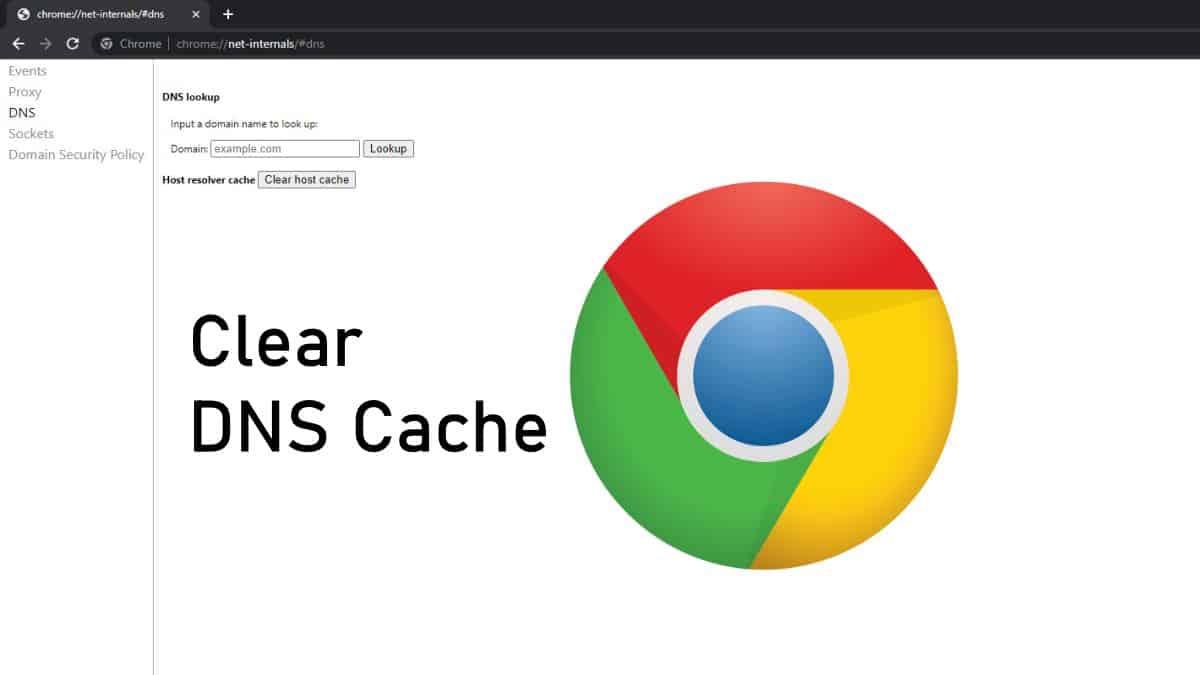Introduction: Chrome.//Net-Internals/Dns Clear
Clearing DNS cache is essential for resolving browsing issues, improving network performance, and ensuring secure internet connectivity. Chrome’s “chrome://net-internals/#dns” provides tools to manage DNS cache effectively. This guide explores the benefits, methods, and best practices for clearing DNS cache using Chrome’s diagnostics tool.
Section 1: Understanding DNS Cache
- Role of DNS Cache:
- DNS cache stores recent DNS lookups to speed up subsequent requests for the same domain.
- Cached entries include domain names, corresponding IP addresses, and TTL (Time-To-Live) values.
- Importance of Clearing DNS Cache:
- Clearing cache resolves issues caused by outdated or incorrect DNS records.
- Improves browsing speed by fetching fresh DNS information for websites.
Section 2: Accessing Chrome://net-internals/#dns
- Navigating to net-internals/#dns:
- Enter “chrome://net-internals/#dns” in Chrome’s address bar to access DNS diagnostics.
- Interface overview and functionalities related to DNS cache management.
- Compatibility and Use Cases:
- Available features and tools for clearing DNS cache on different Chrome platforms (desktop, mobile).
- Understanding interface variations and usability on various devices.
Section 3: Methods to Clear DNS Cache
- Manual Cache Clearing:
- Step-by-step instructions to manually clear DNS cache using net-internals/#dns.
- Detailed walkthrough on selecting and deleting specific DNS entries or all cached data.
- Automated Cache Management:
- Chrome automatically manages DNS cache based on TTL values specified by DNS servers.
- Ensuring timely updates and refreshes without manual intervention.
Section 4: Benefits of Clearing DNS Cache
- Improved Browsing Performance:
- Faster website loading times by eliminating delays caused by stale DNS records.
- Enhancing user experience with responsive and reliable internet browsing.
- Troubleshooting DNS Issues:
- Resolving connectivity problems and DNS-related errors with a clean DNS cache.
- Diagnosing persistent issues by identifying and clearing problematic DNS entries.
Section 5: Security and Privacy Considerations
- Mitigating Security Risks:
- Preventing DNS spoofing or hijacking attempts through regular cache clearance.
- Enhancing data privacy by ensuring DNS queries are up-to-date and secure.
- Configuring Secure DNS Settings:
- Utilizing encrypted DNS protocols like DNS over HTTPS (DoH) or DNS over TLS (DoT) for enhanced security.
- Implementing best practices to safeguard DNS transactions and user information.
Section 6: Advanced DNS Management Tools
- Event Logging and Analysis:
- Monitoring DNS activities and events within net-internals/#dns for diagnostic purposes.
- Analyzing logs to identify trends, patterns, and anomalies in DNS resolution.
- Integration with External Tools:
- Using supplementary tools (e.g., nslookup, dig) to complement Chrome’s DNS cache management.
- Extending capabilities through APIs and developer resources for customized DNS solutions.
Section 7: Best Practices for DNS Cache Maintenance
- Regular Cache Maintenance:
- Establishing a routine for clearing DNS cache to maintain optimal performance.
- Scheduling cache clearance based on network usage patterns and updates.
- Educational Resources and Support:
- Accessing documentation, tutorials, and community forums for assistance with DNS cache management.
- Engaging with support channels for troubleshooting complex DNS issues and configurations.
Section 8: Future Trends in DNS Technology
- Emerging DNS Protocols:
- Evolution of DNS technologies such as DNS over HTTPS (DoH) and DNS over TLS (DoT).
- Adoption trends and implications for improved security, privacy, and performance.
- Innovations in DNS Management:
- Integration of AI-driven algorithms for predictive DNS resolution and optimization.
- Advancements in cloud-based DNS services for scalable and efficient network operations.
Conclusion: Clearing DNS cache using “chrome://net-internals/#dns” is a vital practice for maintaining optimal internet performance and security. By understanding the process and benefits outlined in this guide, users can effectively manage DNS cache, troubleshoot connectivity issues, and ensure a seamless browsing experience. Explore Chrome’s DNS cache management tools today to enhance your internet connectivity.
